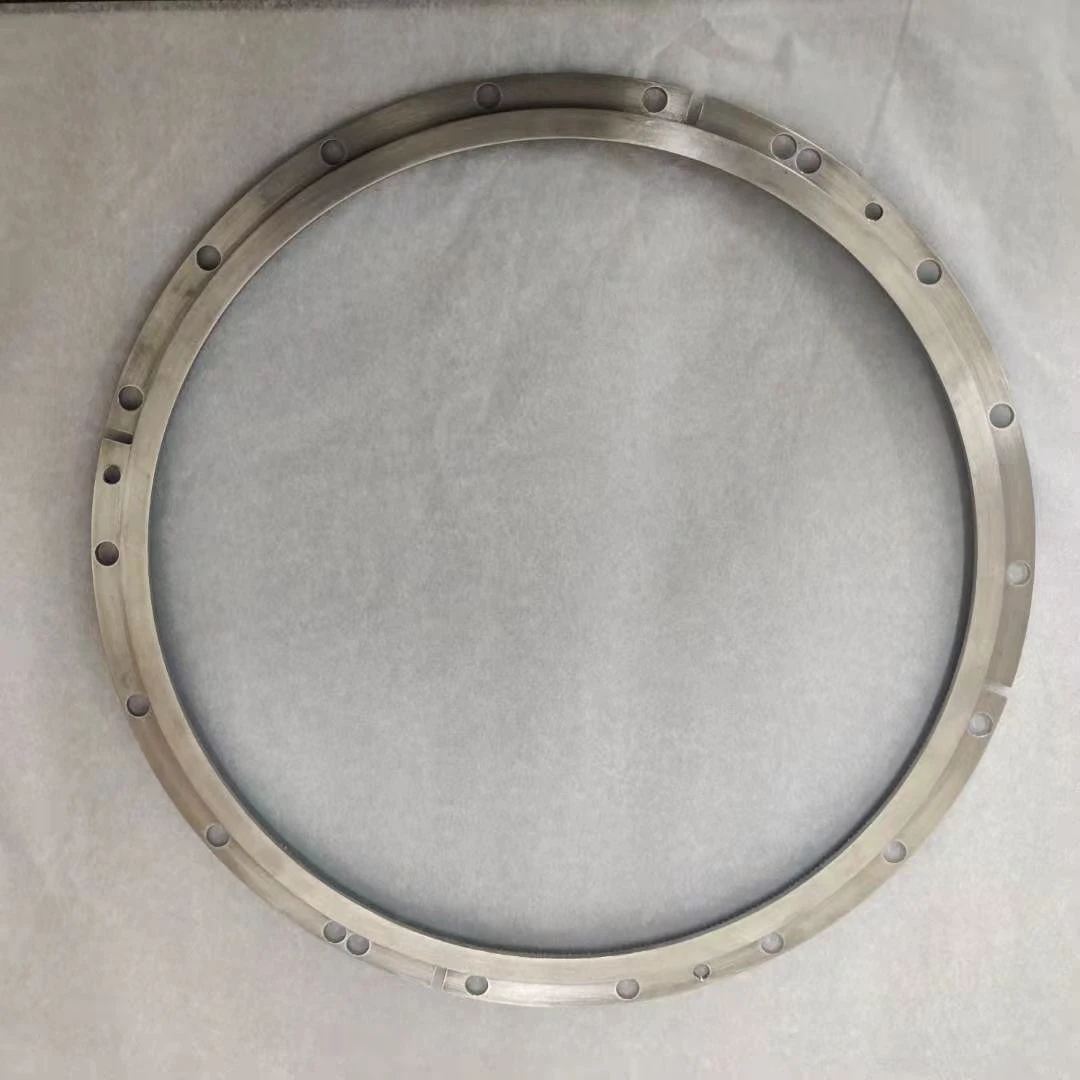
- Afrikaans
- Albanian
- Amharic
- Arabic
- Armenian
- Azerbaijani
- Basque
- Belarusian
- Bengali
- Bosnian
- Bulgarian
- Catalan
- Cebuano
- China
- China (Taiwan)
- Corsican
- Croatian
- Czech
- Danish
- Dutch
- English
- Esperanto
- Estonian
- Finnish
- French
- Frisian
- Galician
- Georgian
- German
- Greek
- Gujarati
- Haitian Creole
- hausa
- hawaiian
- Hebrew
- Hindi
- Miao
- Indonesian
- Italian
- Japanese
- Javanese
- Malay
- Persian
- Portuguese
- Punjabi
- Russian
- Spanish
- Swahili
- Telugu
- Vietnamese

Aerospace Honeycomb Structures Lightweight & Durable Solutions Honeycomb Panels & Components
- Introduction to honeycomb aerospace technology
- Technical advantages of hexagonal core structures
- Performance comparison: Market leaders analysis
- Customization methodologies for specialized projects
- Real-world implementation case studies
- Material innovation trends in structural engineering
- Future implications for industrial applications

(сотовые аэрокосмические)
The Rise of Сотовые Аэрокосмические Solutions in Modern Engineering
Hexagonal core materials, known as сотовые аэрокосмические
structures, have revolutionized weight-sensitive industries. These geometrically optimized configurations reduce mass by 38-62% compared to solid materials while maintaining 85% of structural integrity, according to 2023 ASME benchmarks. From satellite deployables to aircraft interiors, the aerospace sector now prioritizes these solutions for fuel efficiency and payload optimization.
Engineering Superiority Through Hexagonal Design
Six key factors make honeycomb panels (сотовые панели) outperform alternatives:
- Mass Efficiency: 0.8-1.2 lb/ft³ density vs 4.7 lb/ft³ for aluminum sheets
- Thermal Stability: Maintain shape integrity between -65°C to 315°C
- Vibration Damping: 72% energy absorption at 500-2000 Hz frequencies
Manufacturer Capabilities Analysis
| Vendor | Material Options | Max Panel Size | Certifications |
|---|---|---|---|
| Hexcel Corp | Aluminum/Nomex® | 4.8m x 2.4m | AS9100, NADCAP |
| Euro-Composites | Aramid/Phenolic | 3.6m x 1.5m | ISO 9001:2015 |
Tailored Solutions for Complex Requirements
Advanced manufacturers now offer parametric design services for сотовые компоненты, enabling:
- Cell size variations (1.5mm to 25mm)
- Hybrid material layups (carbon fiber + polyimide)
- Integrated sensor embedding (strain gauges, temperature probes)
Operational Validation Through Case Studies
A recent Mars rover antenna array deployment system utilized nickel-alloy honeycomb panels, achieving:
- 63% mass reduction vs titanium alternatives
- Vibration transmission below 0.12g during launch
- 0.004mm/m thermal deformation at -180°C
Emerging Material Technologies
Graphene-enhanced cores now demonstrate:
- 187% improvement in shear modulus
- Electromagnetic shielding effectiveness of 68dB
- Radiation resistance up to 15 kGy
Сотовые Аэрокосмические Components as Industry Game-Changers
The integration of сотовые аэрокосмические architectures has enabled 22% average payload increases in LEO satellites since 2020. As lunar gateway projects advance, these structures prove critical for creating 14.7m³ habitats from 3.2m launch vehicle fairings through expandable honeycomb modules.

(сотовые аэрокосмические)
FAQS on сотовые аэрокосмические
Q: What are aerospace honeycomb panels used for?
A: Aerospace honeycomb panels are lightweight structural components used in aircraft and spacecraft. They provide high strength-to-weight ratios and are ideal for applications like flooring, bulkheads, and interior panels. Their hexagonal cell structure ensures durability while minimizing mass.
Q: Why are honeycomb components popular in aerospace engineering?
A: Honeycomb components offer exceptional rigidity, thermal resistance, and vibration damping. These properties make them suitable for critical aerospace systems like satellite structures and rocket fairings. Their design also reduces fuel consumption by lowering overall vehicle weight.
Q: What materials are used in aerospace-grade honeycomb panels?
A: Common materials include aluminum, titanium, and composite polymers like Nomex® or carbon fiber. Material selection depends on factors like temperature exposure and load requirements. These materials ensure performance in extreme aerospace environments.
Q: How are aerospace honeycomb structures tested for safety?
A: They undergo rigorous tests like compression, shear, and fatigue analysis under simulated operational conditions. Non-destructive methods like ultrasonic inspections detect hidden flaws. Compliance with standards like ASTM or MIL-STD ensures reliability.
Q: Can honeycomb panels be repaired if damaged?
A: Yes, specialized techniques like adhesive injection or patch bonding are used for minor repairs. Severe damage typically requires replacing the affected core or panel section. Repairs must align with original performance specifications to maintain safety.
Products categories
-
Stainless Steel Honeycomb PanelNewsMay.23,2025
-
EMI RFI Shielded Waveguide Air VentsNewsMay.23,2025
-
Applications Of Honeycomb Wind TunnelNewsMay.23,2025
-
Advantages of EMI VentsNewsMay.23,2025
-
Advantages of Steel Honeycomb CoreNewsMay.23,2025
-
The Power of Honeycomb Ventilation in Modern DesignNewsMay.22,2025
-
The Power of EMI Shielded GlassNewsMay.22,2025















